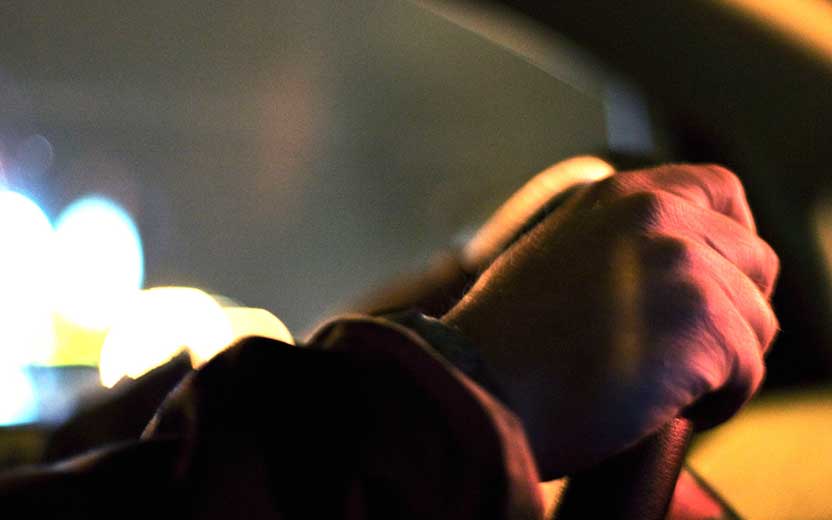By Marcus Fernandez
If you’re wondering why we put together a comprehensive explanation of Florida pedestrian laws, there are 10,281 reasons. There were 10,281 pedestrian accidents in the Sunshine State with 782 deaths and 8,125 people suffering injuries.
Strolling through Tampa and other urban areas shouldn’t expose pedestrians to the risk of vehicular collisions. The onus of making streets safer doesn’t solely rest on the installation of pedestrian crosswalks and other safety measures. It’s a shared responsibility that also necessitates a heightened, crucial awareness of the laws from both drivers and pedestrians.
Don’t pedestrians always have the right of way?
It may surprise pedestrians and motorists that neither of them has an absolute right of way. At least, that’s not how it stands under Florida law. A law requires the driver of a vehicle to yield the right of way to a pedestrian legally crossing the street in a crosswalk. It also imposes on pedestrians crossing at mid-block locations not marked by a crosswalk to yield to approaching vehicles.
If it seems like the laws place an obligation on drivers and pedestrians to yield to each other in certain circumstances, you’d be partially correct. Another crucial aspect of the law is the requirement for both parties to exercise due care to avoid a crash. This is true even if the law grants them the right of way. This underscores the importance of individual responsibility and caution in ensuring safety on the streets.
When you consider it, it’s clear that regardless of whether you are driving a car or walking across the street, your primary objective should be accident avoidance. This is a fundamental principle that should guide our actions on the road, regardless of the right of way.
A driver who sees a pedestrian crossing the street must avoid hitting them. Doing otherwise would be negligence even when you have the right of way. The same is true of a pedestrian within a crosswalk who sees but makes no effort to avoid being struck by an approaching car. The compensation awarded to the injured pedestrian would likely decrease due to their negligence in not avoiding the collision.
Safety tips for motorists and pedestrians
Drivers can reduce the chance of an accident with a pedestrian by adopting the following behaviors:
- Stay alert and look for pedestrians, particularly at night and in poor visibility conditions.
- Reduce your speed when approaching crosswalks and intersections to allow additional time to stop if a pedestrian suddenly crosses the street.
- When yielding to pedestrians by stopping at crosswalks, stop far enough back to allow vehicles behind you to see that pedestrians are crossing.
- Stop and yield the right of way to pedestrians crossing legally at an intersection.
- At intersections, every side is considered a crosswalk, even if there are no markings.
- Slow down and be prepared to stop near schools, parks, playgrounds, or on roads in residential neighborhoods where children are likely to be present.
- Look for pedestrians before backing out of driveways or parking spaces, and be prepared to stop if someone walks in the path of your vehicle.
- Keep a lookout for pedestrians who may step into the path of your car to cross the street while you are making a right turn.
Avoiding distractions and keeping your attention focused on the road helps you to remain alert. Unfortunately, pedestrians may step between parked cars or into the road at intersections.
Pedestrians can avoid accidents with vehicles by adhering to a few safety tips:
- Use sidewalks and avoid walking on the road.
- If you must walk on the road, walk facing traffic and as close to the side of the road.
- Avoid wearing earbuds or headphones that prevent you from hearing car horns or approaching vehicles.
- Cross at intersections or crosswalks, and look for approaching or turning vehicles before stepping into the road.
- Do not step onto the road from between parked cars.
- Wear light-colored clothing when walking at night or in low-visibility conditions to make it easier for drivers to see you.
- Make eye contact with the driver of an approaching vehicle before crossing the street to ensure you are seen.
Even if you have the right of way, please exercise caution to prevent putting yourself in danger of getting hit by a car.
Compensation for pedestrian accidents
Pedestrians in accidents caused by driver negligence may recover compensation for their injuries. Learn more during a free consultation with a Tampa personal injury attorney by contacting KFB Law.


